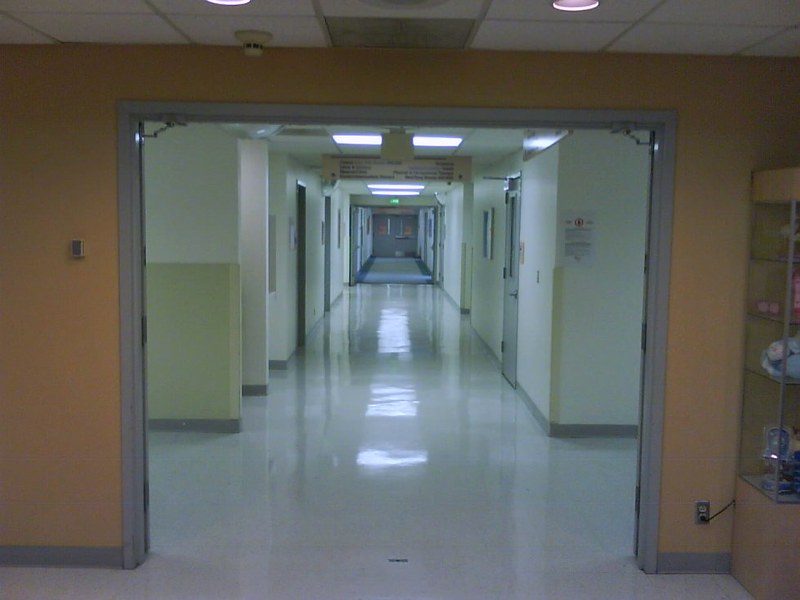Most Wonderful Time
‘Twas the day after Christmas and all was not well. In a string of unfortunate events that would make Lemony Snicket jealous, my father had come down with the flu, the presents were indefinitely delayed and I found myself – an internal medicine intern – losing the battle to maintain my consciousness in the team workroom. The holiday season, usually my favorite part of the year, was definitely on my naughty list. At least there …








